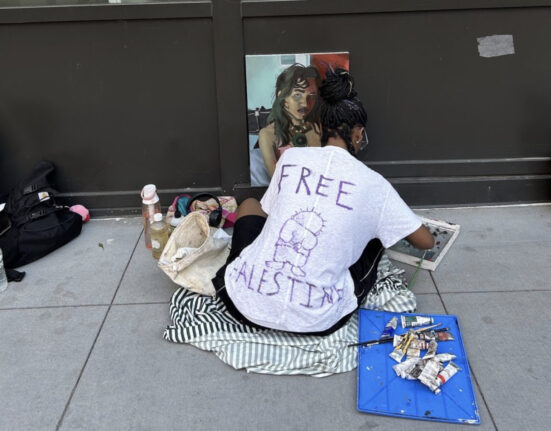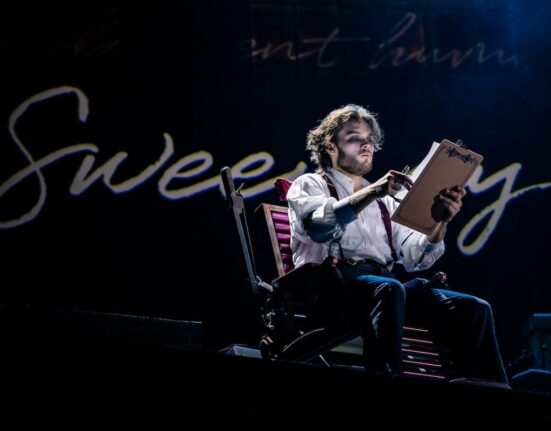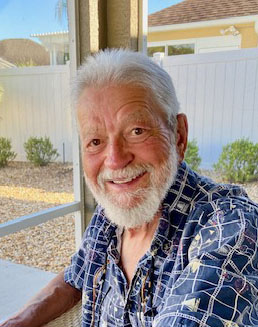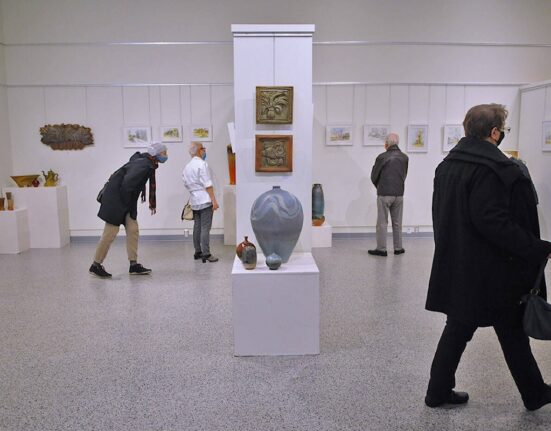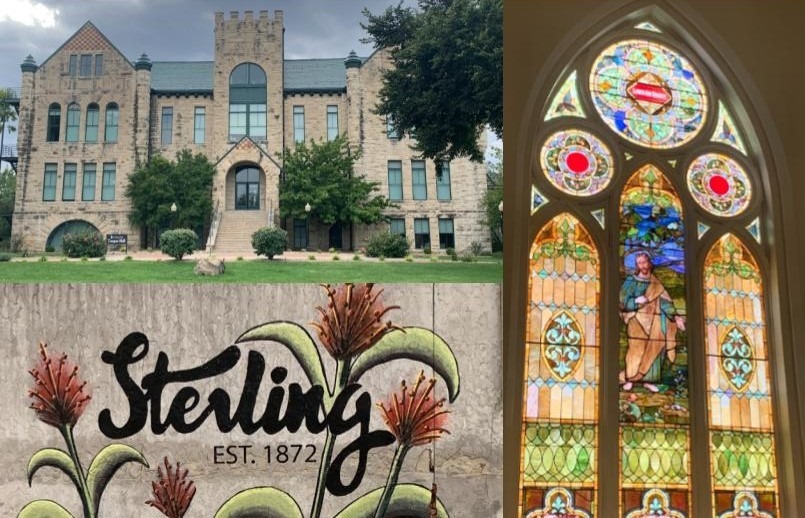
As a librarian and reading teacher, I am always looking for ways to make connections between what students are reading and the community.
In my 25 years in education, I’ve helped students connect to visual arts through picture books, novels, nonfiction, collaborations with the art teacher, and illustrator studies. I love art galleries, art museums, and public art. I believe our lives are enriched by viewing, discussing, and creating art.
I had been reading Chasing Vermeer by Blue Balliett, an art mystery with a paranormal twist, with my fifth- and sixth-grade literature circle group for many years and was looking for a new book in the same genre. I was thrilled to discover Framed, by James Ponti, an intriguing middle grade mystery about paintings that go missing from an art gallery and a genius kid recruited by the FBI to help solve crimes.
SCROLL TO KEEP READING THIS POST
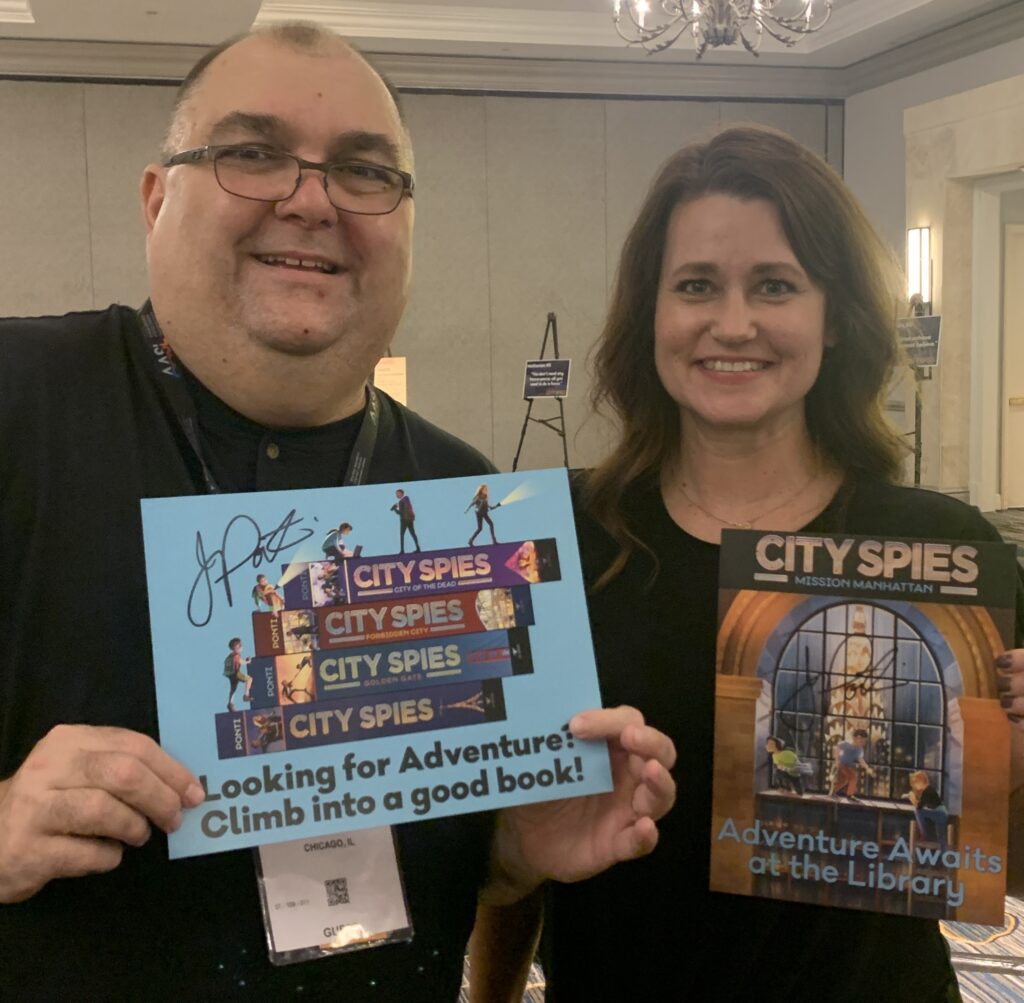
Art walk
After reading and discussing Framed, I wanted my class to do a deep dive into the art in our community, so I took my lit circle group on an art walk around town. We visited and took photos of public murals, buildings, and sculptures, visited our local college art center, popped into a couple of local churches to look at their art and architecture, and had a fabulous time. (I called these places in advance and warned them I would be descending upon them with middle schoolers in tow. I set behavior expectations before we walked in the door and the kids made me proud.)
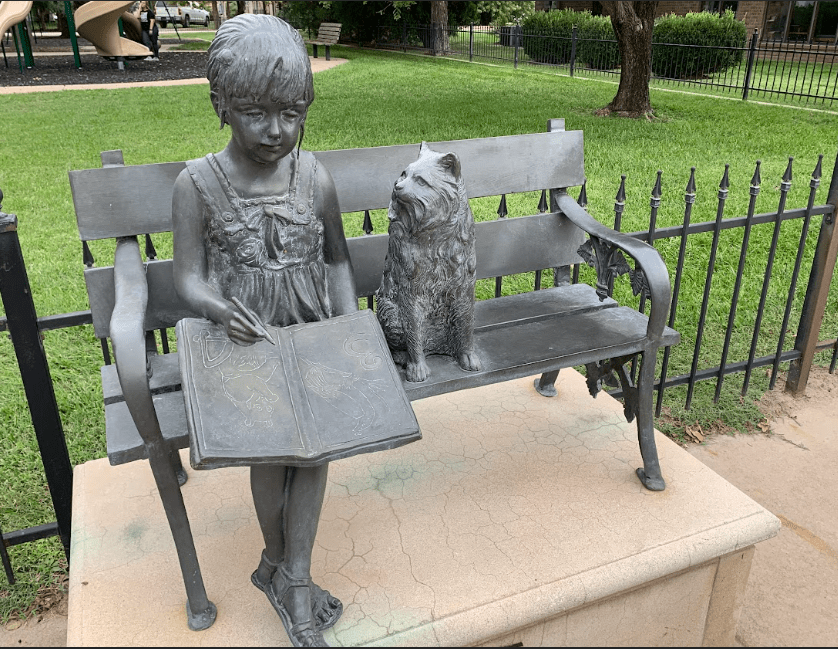
We took school iPads on our art walk and students used them to take photos. In a very brief photography lesson, I showed examples of good and bad photos (too close, too far away, just right, in focus, blurry). I also set the expectation that we were not taking selfies or silly photos of classmates and that anyone messing around would lose iPad privileges.
Prior to our art walk, I scouted all the locations and took photos of the art so that even if a student’s photos didn’t turn out well or if someone was absent, they would still have access to photos.
Then I asked kids to write about art by creating a slide show featuring their reflections on the art they saw during our art walk and beyond and sharing photos of their favorites. You can view and make a copy of my slide activity template and to edit and use. Activity instructions are in the presentation notes under each slide.
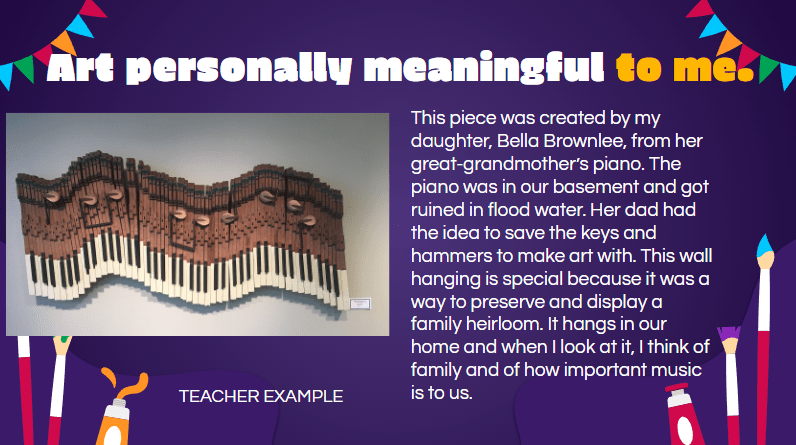
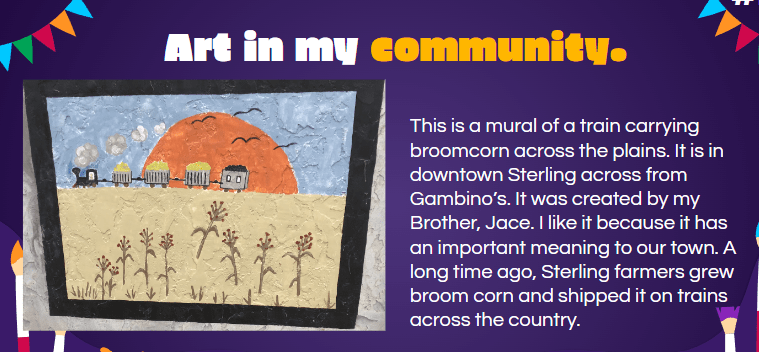
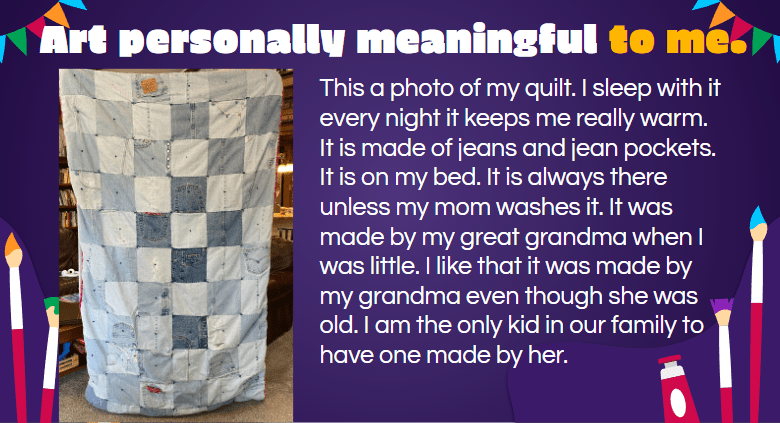
Our experience
We started off at Sterling College where we viewed architecture, sculptures, and murals. We stopped by the college art center where a professor had an art show on display. He was in his office and stepped out to say hello when we arrived. He was willing to answer questions and discuss his work, which made his art even more meaningful to all of us.
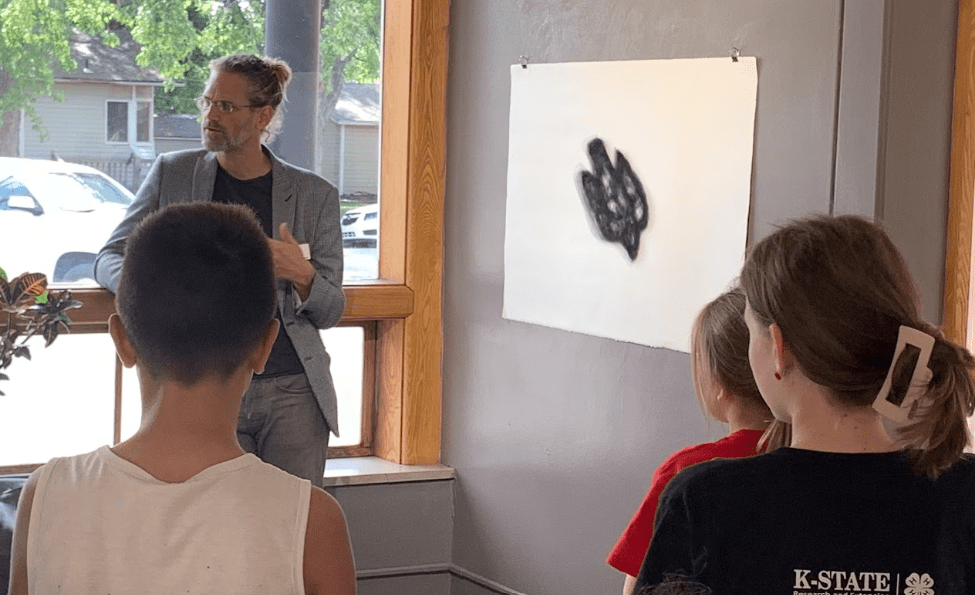
We visited two churches with interesting features such as stained glass windows. One church had created a whimsical children’s area with faux trees, murals, and other natural elements that made you feel you were outside. Our downtown area also includes several bronze sculptures and murals that students enjoyed exploring.
One of our favorite stops on the art walk was the “Warriors Worldwide” mural at Sterling College, which was created in 2022 and features the faces of then-current students. An excellent video discusses the project and includes some time lapse video footage that shows the process of creating the mural.
One student told me our art walk day was his favorite day of school ever. “Can we do this again tomorrow?” he asked.
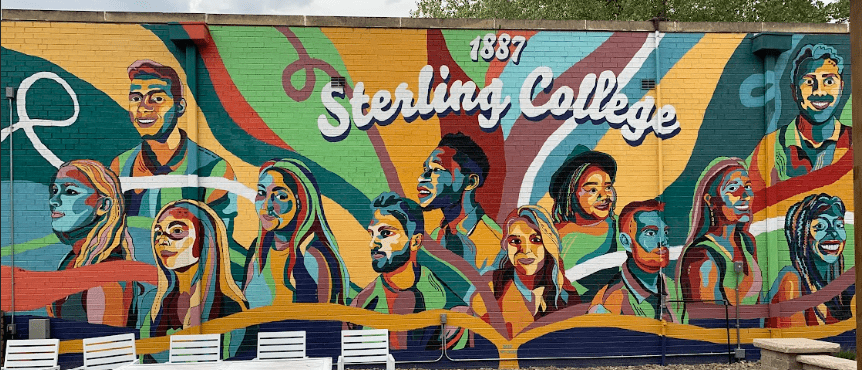
How to get started
Keep your eyes open. Notice the art in your community and look for opportunities to engage students. Watch for special exhibits in your school and community. No matter the size of your community, there are artists. Our town boasts a population of 2,500, and I was amazed by the amount of easily accessible art we could explore.
Our little town has both college and community art centers that frequently host free exhibits. These make wonderful local field trips. You could start by asking your school’s art teacher (or one at a neighboring school) if you could visit and see work created by students.
SCROLL TO KEEP READING THIS POST
The picture book Maybe Something Beautiful: How Art Transformed a Neighborhood by F. Isabel Campoy and Theresa Howell is effective at starting conversation about the value and purpose of public art and can be used as an invitation for students to look for art all around them.

If you’re not able to view the art in person, a virtual field trip is the next best thing. The Kansas (my home state) tourism website has a wonderful webpage promoting murals around the state that would be perfect for a virtual tour.
A couple of questions that work well to get learners thinking about and discussing art:
Connect with your art teacher for collaboration opportunities. Invite students to create art in response to a story or as part of an illustrator study. Use drawing videos provided by illustrators to inspire and engage your readers and artists.
Comics and graphic novels are hugely popular. Studying how the artwork is inherent to the story would be another engaging way to tie in visual arts with literature.
Recommended books (summaries from publishers):
Middle grade fiction
- Framed by James Ponti. “In Washington, D.C., twelve-year-old Florian Bates, a consulting detective for the FBI, and his best friend Margaret help thwart the biggest art heist in United States history.”
- Chasing Vermeer by Blue Balliett. “When strange and seemingly unrelated events start to happen and a precious Vermeer painting disappears, eleven-year-olds Petra and Calder combine their talents to solve an international art scandal.” Bonus: pentominoes play an important role in the story. When I taught this book, I printed pentominoes on cardstock for each student. The story includes coded messages you can decipher right along with the characters, plus illustrator Brett Helquist has hidden a secret message in the illustrations that is so much fun to solve!
- The Wright 3 by Blue Balliett. “In the midst of a series of unexplained accidents and mysterious coincidences, sixth-graders Calder, Petra, and Tommy lead their classmates in an attempt to keep Frank Lloyd Wright’s famous Robie House from being demolished.” The Fibonacci sequence plays a role in the story, and once again illustrator Brett Helquist has created a secret message hidden in the illustrations.
- The Van Gogh Deception (Book 1 of the Lost Art Mysteries) by Deron Hicks. “When a young boy is discovered in Washington, DC’s National Gallery of Art without any recollection of who he is, he must piece together the disjointed clues of his origins while using his limited knowledge to stop one of the greatest art frauds ever attempted.” The series also includes The Rembrandt Conspiracy and The Crown Heist.
- From the Mixed-up Files of Mrs. Basil E. Frankweiler by E.L. Konigsburg. “Having run away with her younger brother to live in the Metropolitan Museum of Art, twelve-year-old Claudia strives to keep things in order in their new home and to become a changed person and a heroine to herself.” A classic.
Nonfiction
- Mona Lisa Vanishes by Nicholas Day. “A narrative nonfiction about how the Mona Lisa was stolen from the Louvre, how the robbery made the portrait the most famous artwork in the world–and how the painting by Leonardo da Vinci should never have existed at all.” Sibert Medal Winner.
Picture books for all ages
- Art Auction Mystery by Anna Nilsen. “An interactive mystery in the form of a fictional story that invites the reader to compare the paintings for sale with photographs of the genuine works. Can you spot which ones are the fakes?”
- Maybe Something Beautiful: How Art Transformed a Neighborhood by F. Isabel Campoy and Theresa Howell, illustrated by Rafael López. “Mira lives in a gray and hopeless urban community until a muralist arrives and, along with his paints and brushes, brings color, joy, and togetherness to Mira and her neighbors.”
- Drawn Together by Minh Lê, illustrated by Dan Santat. “A boy and his grandfather cross a language and cultural barrier using their shared love of art, storytelling, and fantasy.”
Meet the author
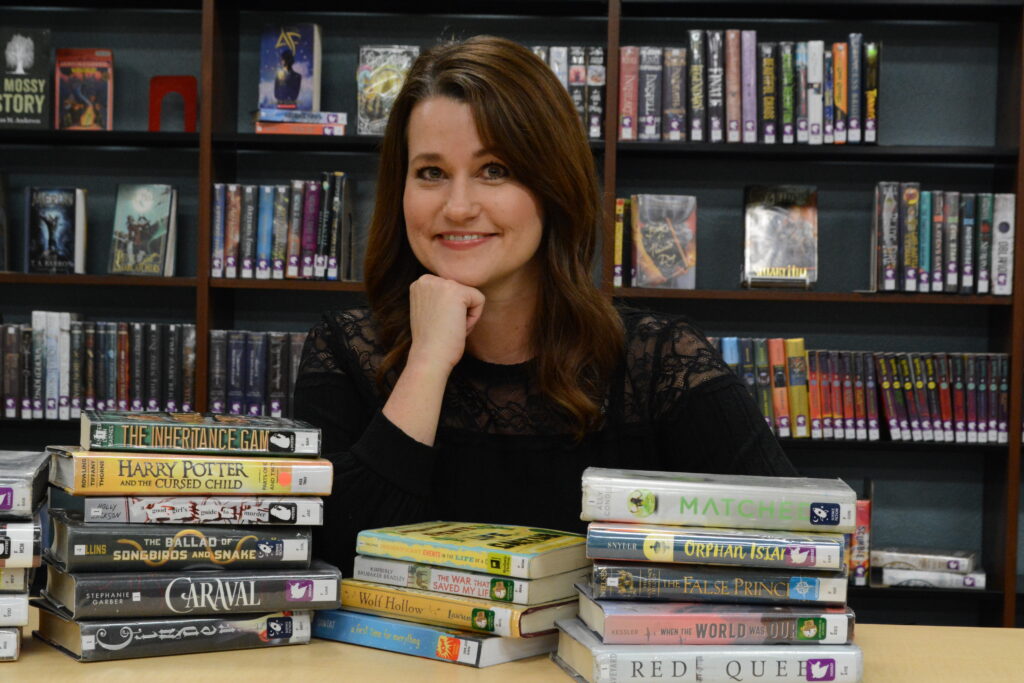
Amy Brownlee is a preK-12 librarian and reading teacher in a small district in rural Kansas. During her 25 years in education, she has been awarded the Distinguished Library Media Specialist Award for Kansas, attended a month-long Fulbright study trip to Africa with Ethiopia Reads, served on the William Allen White Children’s Book Award selection committee, and earned over $93,000 in grant funding for her school libraries. She is a frequent presenter having given 10 webinars and over 30 in-person workshops, most recently at the American Association of School Librarians National Conference in Tampa, FL. She blogs at BiblioBrownlee.weebly.com and can be found on Instagram and X @amybrownlee93. Learn more about her work at about.me/amybrownlee
Filed under: Guest Post


